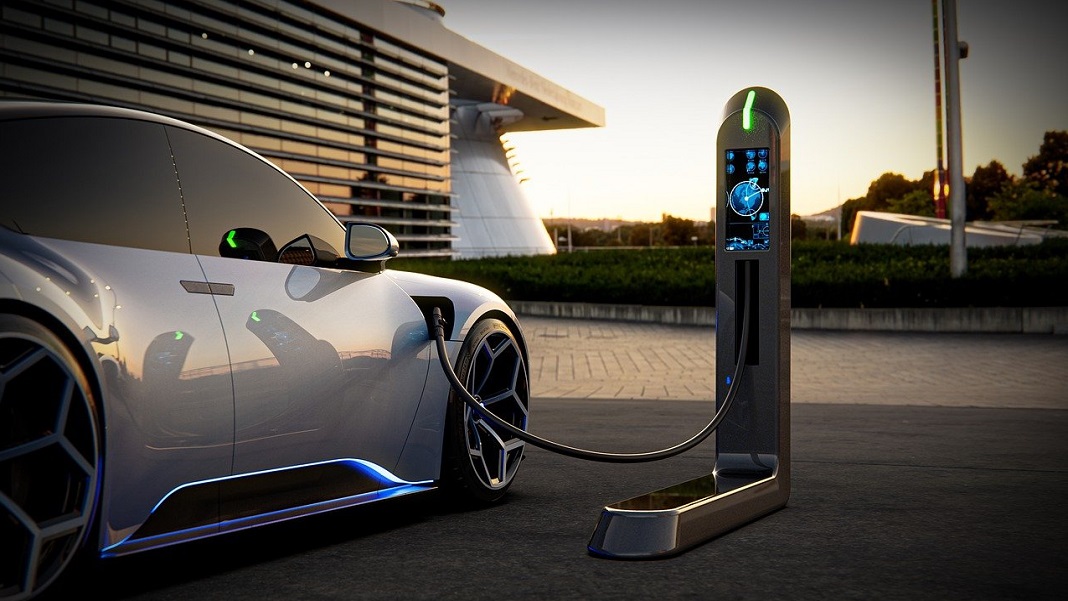
Electrification is a key part of the transition to renewable energy, and phasing out combustion engine vehicles will be a significant piece of that transition. Despite subsidies and tax breaks around electric vehicles in the US, the cars haven’t taken over a large percentage of market share yet, perhaps because their sticker price is still higher than that of gas-powered cars.
Zooming out to the rest of the world, though, it seems EV adoption is going pretty well. The International Energy Agency released its annual Global Electric Vehicle Outlook this week—and it says demand for electric cars is booming.
According to IEA data, more than 10 million electric vehicles were sold worldwide in 2022. That’s 10 million out of a total 75 million, or a little over 13 percent. This year, EV sales are expected to grow by another 35 percent to 14 million, putting their market share at around 18 percent.
This is a significant jump from just three years ago in 2020, when EVs had only four percent of market share. However, 2020 marked the start of the pandemic, and with countries around the world implementing lockdowns throughout the year, no one was doing much of anything nor going anywhere. Accordingly, gas prices fell to some of their lowest levels in years, so there wasn’t much incentive to go electric.
Since then, though—as you may well know if you’re one of millions who hasn’t yet switched to an EV—gas prices haven’t stayed down, and they don’t look likely to drop anytime soon. This is one of the main incentives pushing people to plug in. Government subsidies are helping too, as well as improvements in battery technology and range.
China leads the global charge in EV sales (pun intended, sort of). In 2022, 60 percent of global EV sales happened in China, and now more than half the EVs in the world are there. Chinese carmakers seem to have found a niche in small, cheap models like the Wuling Hong Guang Mini EV.
The tiny car—comparable to the size of Mercedes’ Smart Fortwo—was selling for 28,800 yuan in 2020 (that was about $4,200 at the time). Though the car doesn’t have the sleek look of a Tesla and tops out at 62 miles per hour, it meets peoples’ practical needs for getting around big cities and being able to park easily.
Europe is the second-largest EV market in the world, and the US comes in third. The former saw a 15 percent growth in sales last year, and the latter a whopping 55 percent jump. The report notes that although the Chinese, European, and American markets dominate electric car sales and manufacturing smaller markets have seen some growth as well: EV sales more than tripled in India and Indonesia last year and more than doubled in Thailand.
Though moving away from combustion engine cars will be an important part of the energy transition, we must keep in mind that electric vehicles aren’t a panacea, and they come with their own set of challenges and drawbacks. Mining of critical minerals like lithium, cobalt, and manganese has major environmental and geopolitical implications (and the US isn’t in much of a competitive position at the moment, though the current administration has made moves to change that).
Also, getting millions more electric cars on the road means we’re going to need a lot more electricity. At a time when grids across the US are already looking fragile, it doesn’t seem wise to impose dramatic new electricity demand without first shoring up supply. And if that supply is coming from coal or natural gas, you can’t really say you’re helping save the environment by driving an electric car; the vehicles are only as green as their power source.
There’s also still progress to be made on battery range, charging speed, and availability of charging stations before more drivers will feel comfortable making the switch—not to mention that up-front sticker price.
However, the IEA is counting the rise in EV sales as a win, and we can too. “The internal combustion engine has gone unrivaled for over a century, but electric vehicles are changing the status quo,” said IEA Executive Director Fatih Birol. “By 2030, they will avoid the need for at least five million barrels a day of oil. Cars are just the first wave: electric buses and trucks will follow soon.”
Image Credit: LeeRosario / 716 images


